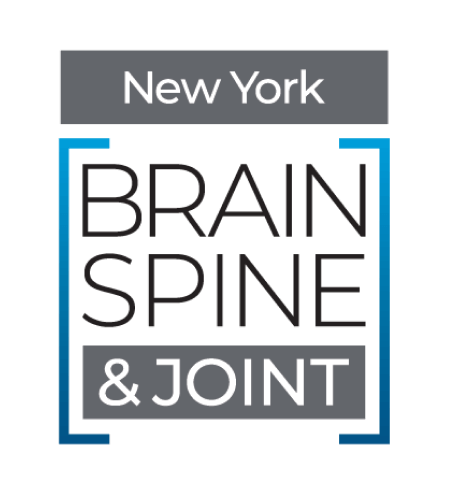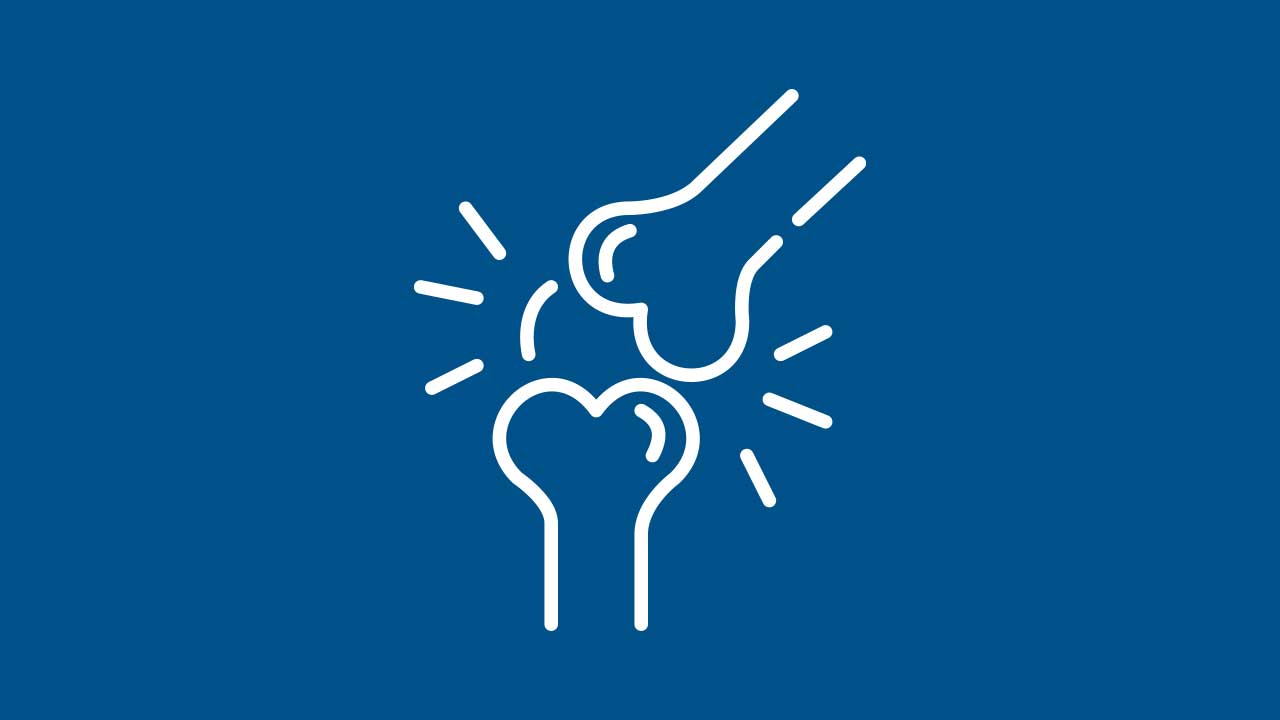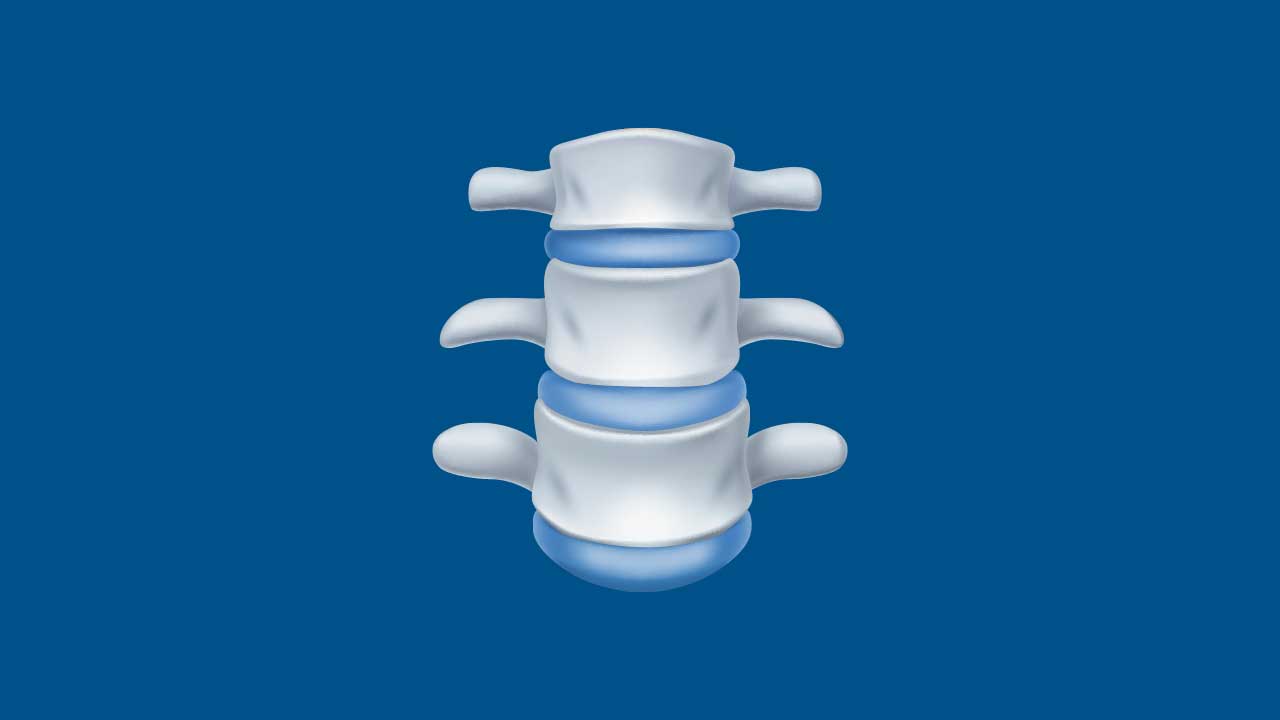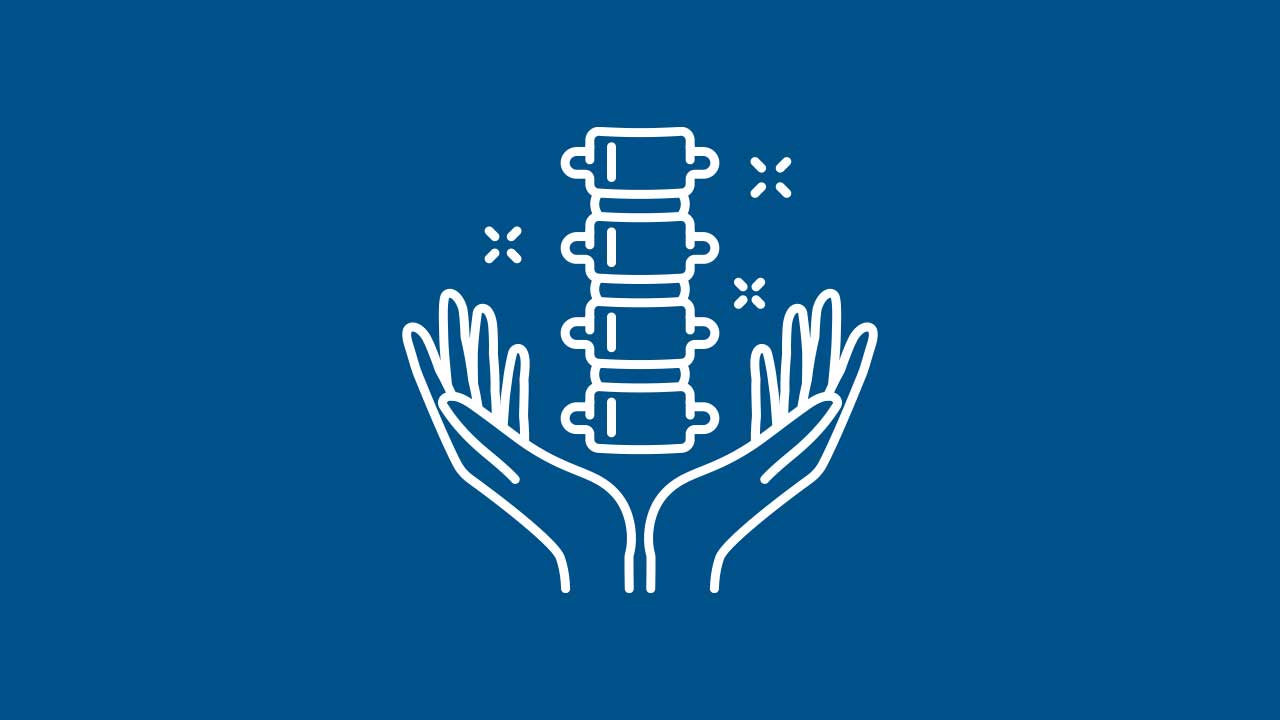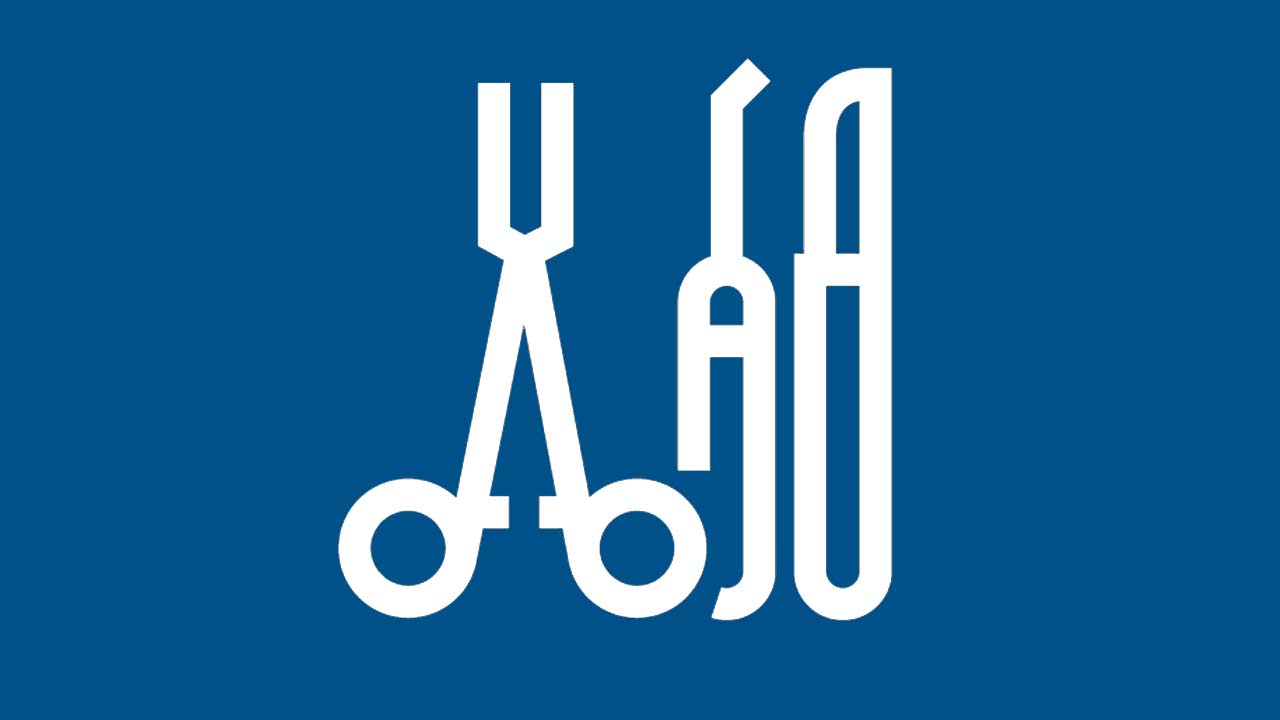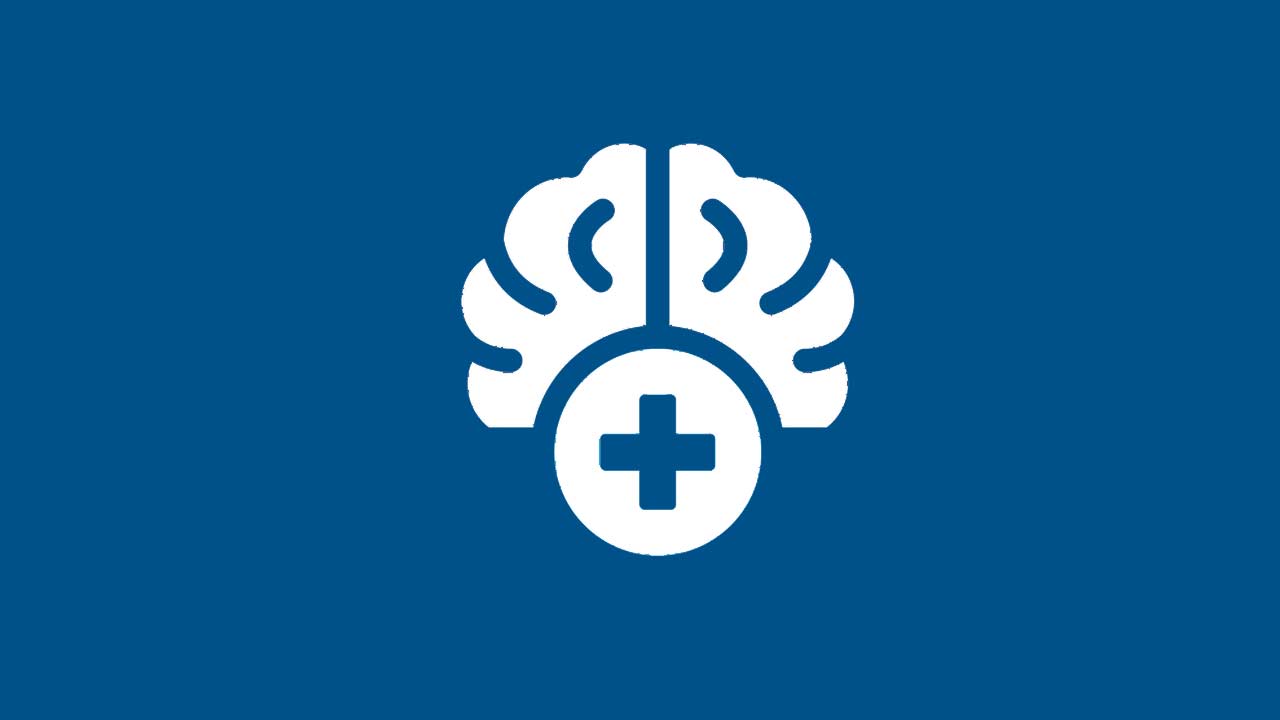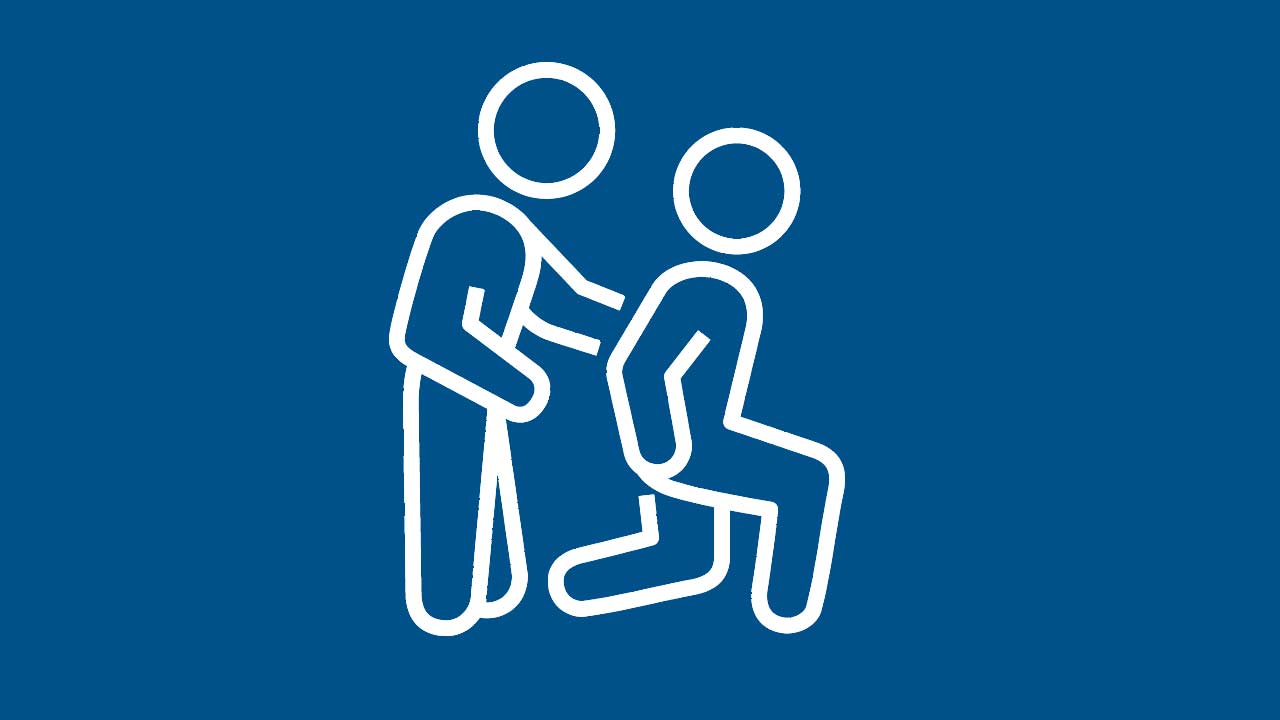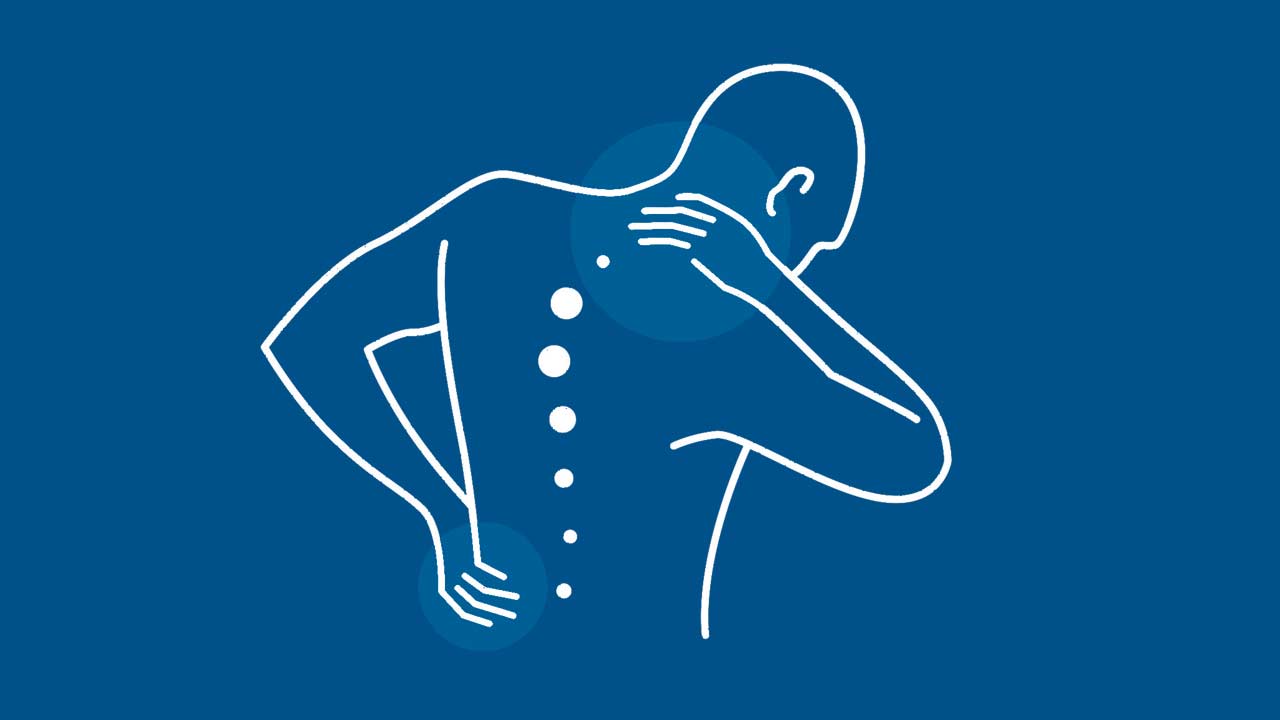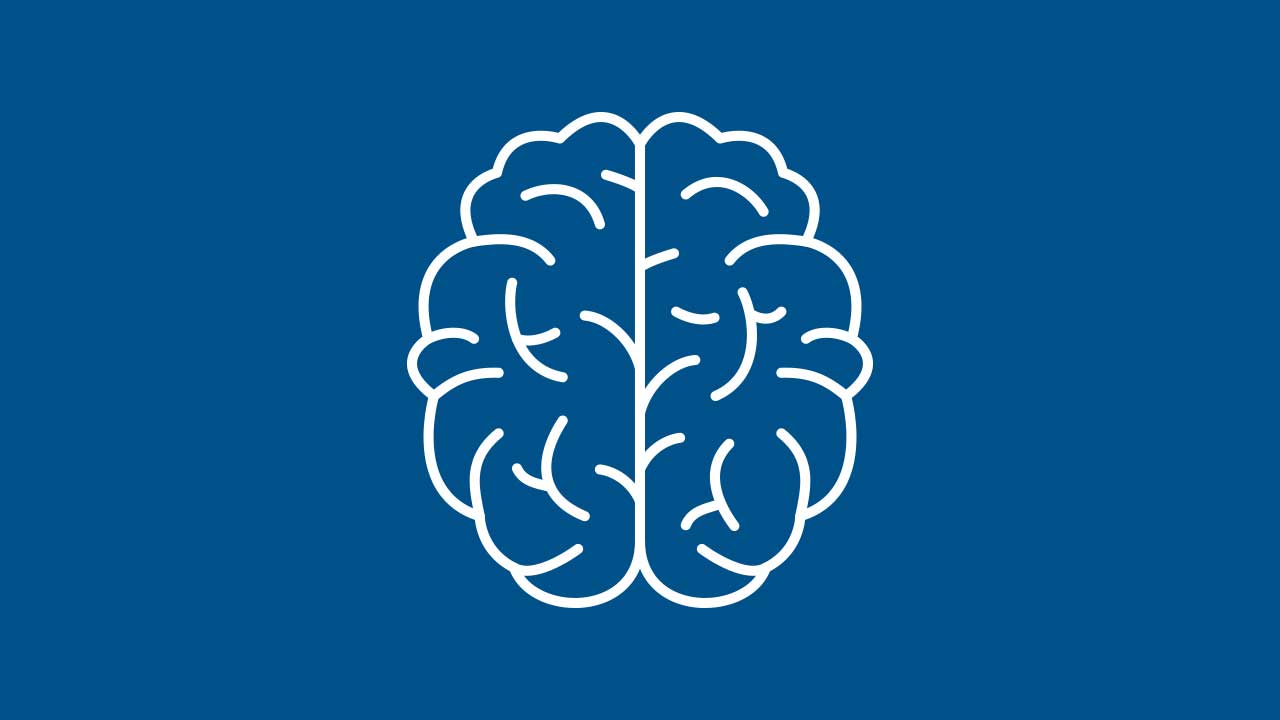Trigeminal Neuralgia
Share This Page
Trigeminal Neuralgia: Identifying, Diagnosing, and Managing Facial Pain
Trigeminal neuralgia is a chronic pain condition affecting the trigeminal nerve, which carries sensations from the face to the brain. It is characterized by sudden, severe episodes of facial pain often described as electric shocks or stabbing sensations. While the pain attacks can be brief, they are frequently intense, impacting a person’s ability to eat, speak, or perform daily activities.
Understanding Trigeminal Neuralgia
The trigeminal nerve has three main branches, serving different regions of the face (forehead, cheek, jaw). Irritation or compression of this nerve can trigger abrupt, excruciating pain surges typically on one side of the face.
Causes and Risk Factors
- Vascular Compression
A blood vessel pressing on the trigeminal nerve near its origin in the brainstem is a common cause. - Multiple Sclerosis (MS)
In some individuals with MS, the protective myelin sheath around the trigeminal nerve is damaged, leading to erratic nerve signaling. - Tumors or Lesions
Rarely, a tumor or structural abnormality compresses the trigeminal nerve. - Age and Gender
More common in individuals over 50 and slightly more frequent in women.
Common Symptoms
- Intense Facial Pain
Usually triggered by mild stimulation, such as chewing, talking, or touching the face.
Pain is sudden, severe, often lasting seconds to minutes. - Bouts of Attacks
Episodes can cluster over days or weeks, with periods of remission in between. - Fear of Triggering Attacks
Patients may become anxious or avoid eating or speaking to prevent pain surges.
Diagnosis
- Clinical Evaluation
A neurologist reviews medical history and performs a thorough exam, focusing on triggers and pain distribution. - MRI
May detect vascular compression, demyelinating lesions, or other structural causes. - Exclusion of Other Causes
Dental, sinus, or temporomandibular joint issues must be ruled out.
Treatment Approaches
- Medications
Anticonvulsants (e.g., carbamazepine): First-line drugs that stabilize nerve membranes and reduce pain attacks.
Muscle Relaxants or Tricyclic Antidepressants: Additional options if first-line treatments are insufficient. - Nerve Blocks and Injections
Temporarily interrupt pain signals, offering relief. - Microvascular Decompression (MVD)
A surgical procedure where a cushion is placed between the trigeminal nerve and the compressing vessel, alleviating irritation. - Stereotactic Radiosurgery
High-dose targeted radiation (e.g., Gamma Knife®) to damage the trigeminal nerve fibers responsible for pain transmission. - Percutaneous Procedures
Techniques like balloon compression or glycerol injections to selectively injure the trigeminal nerve and reduce pain.
Recovery and Long-Term Management
- Medication Adjustment: Dosages of anticonvulsants may need periodic modification to balance pain control with side effects.
- Lifestyle Considerations: Stress management, avoiding known triggers, and maintaining good dental health.
- Follow-Up Evaluations: Monitor for medication tolerance, changes in pain patterns, or complications from procedures.
Our Multi-Disciplinary Approach in NYC
Our multi-location practice in the New York City metro area unites neurosurgeons, neurologists, pain specialists, and rehabilitation experts to customize treatment for trigeminal neuralgia. We employ advanced imaging and cutting-edge interventions to offer lasting relief and restore quality of life for patients near and far.
Additional Resources
- National Institute of Neurological Disorders and Stroke (NINDS): Trigeminal Neuralgia
- MedlinePlus: Trigeminal Neuralgia
Conclusion
Trigeminal neuralgia can be profoundly painful and disruptive, but effective treatments exist—from medication to surgical solutions. By combining expert diagnostics and personalized care, our team seeks to minimize pain and maximize your overall well-being.
Disclaimer: This article is for informational purposes only and is not a replacement for medical advice. For any persistent or severe facial pain, consult with a qualified healthcare professional.
